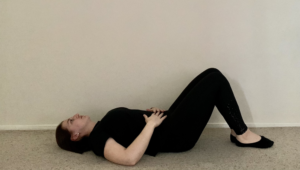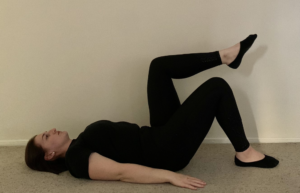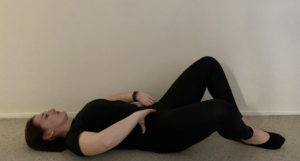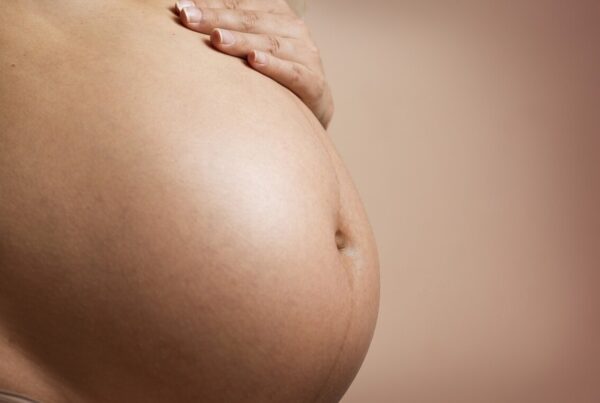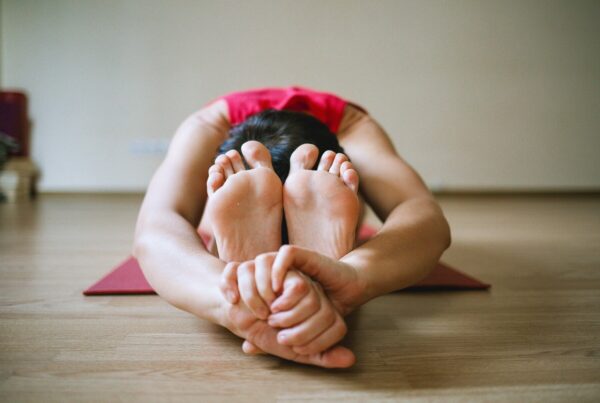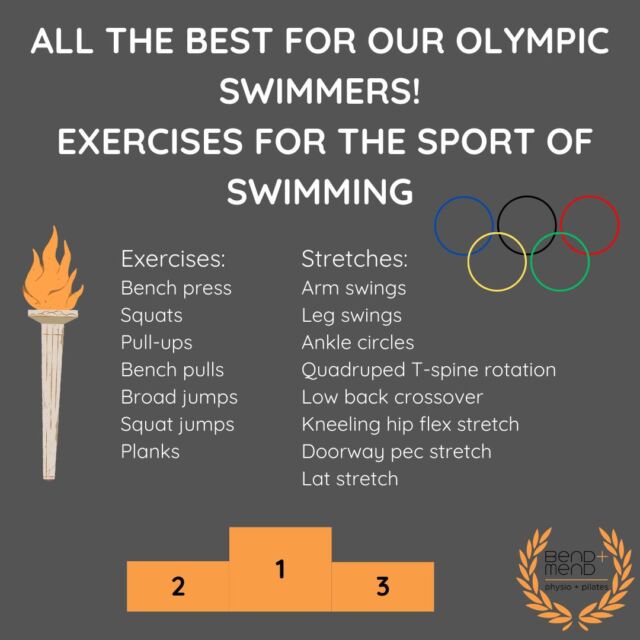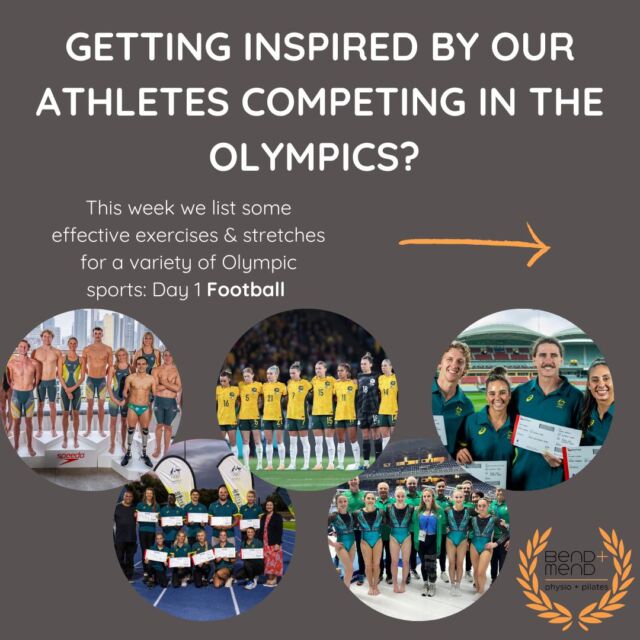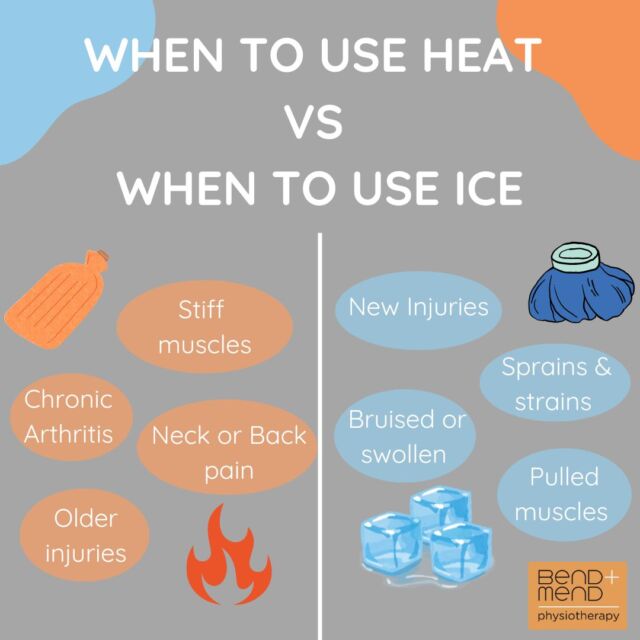May the 1st 2021 is International Pilates day and to celebrate I am going to share my top 4 post natal Pilates exercises which are simple enough to do at home.
The number one question I hear during pregnancy is “What can I do after the baby is born?”. One thing which can help facilitate recovery of the body and mind is getting back into some gentle exercise, particularly for the abdominals and pelvic floor. It can be challenging to find the time to focus on yourself when you are learning to be a new parent, so exercises that are simple and can fit into the day to day routine are vital. For non-complicated birth’s this can be started soon after delivery, for others this may be a little later.
Not all of these exercises are suitable for everyone, to know what is suitable for you and your recovery, getting a comprehensive assessment from a Women’s Health Physiotherapist is important.
- Abdominal Engagement
During pregnancy, the abdominals and pelvic floor have a lot of pressure placed on them due to the growth of the baby. This first exercise focuses on regaining control over your abdominals and pelvic floor muscles and is the starting point for the next few exercises.
Lie on your back with your knees bent and your hands placed lightly on your hip bones.
In this position think about squeezing and lifting your pelvic floor and drawing together your abdominals, a good way to do this is by imagining that you have a zipper connecting your pubic bone to your ribs. Think about ‘zipping up’ the zipper from your pubic bone towards your ribs then hold for 5 seconds. Relax these muscles by ‘unzipping’ the zip from the ribs down to the pubic bone. Ensure you get complete relaxation of these muscles before repeating and ensure you are not holding your breath.
2. Overhead Arms
Lying on your back with your knees bent, start with your hands down by your side. Engage your abdominals and pelvic floor as we did with the first exercise.
Take a deep breath in and slowly lift your arms over your head, ensure as you are doing this you don’t lose the engagement of your abdominals and pelvic floor. Keep your ribs and spine flat on the floor. Pause for a moment, then slowly bring your arms back down by your side. You should feel your abdominals working throughout the movement.
If you have lost engagement of the abdominals and pelvic floor, restart then repeat.
3. Leg lifts
Lying on your back with your knees bent and your hands placed on the floor down by your side. Engage your abdominals and pelvic floor muscles.
Take a deep breath in and lift your right leg off the floor into tabletop position, maintain this for a few seconds, ensuring that your back doesn’t arch off the floor and you maintain engagement of your pelvic floor and abdominals. Slowly lower your right leg back down onto the floor. Reset your abdominals and pelvic floor muscles then repeat this movement with your left leg.
- Bent knee fall out
Lying on your back with your knees bent and your hands placed on the bony parts of your hips. Keep your feet together and your spine and ribs flat on the floor. Think about engaging your abdominals and pelvic floor.
Maintain this engagement and slowly drop your right knee out towards the right. Try to keep your pelvis still as you do this, then return this leg to the center, you should feel your lower abdominals working as you do this. Repeat on the left.
It is important to remember to breathe while you are doing this exercise, if you lose the engagement of your pelvic floor and abdominals, restart the exercise and concentrate on the abdominal engagement before continuing.
If you need help knowing if these exercises are appropriate for you, contact one of our knowledgeable Physiotherapists here in the Sydney CBD at one of our Bend + Mend clinics.
